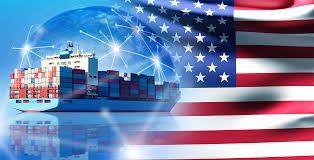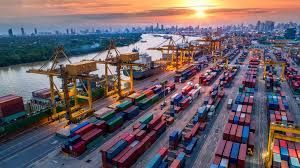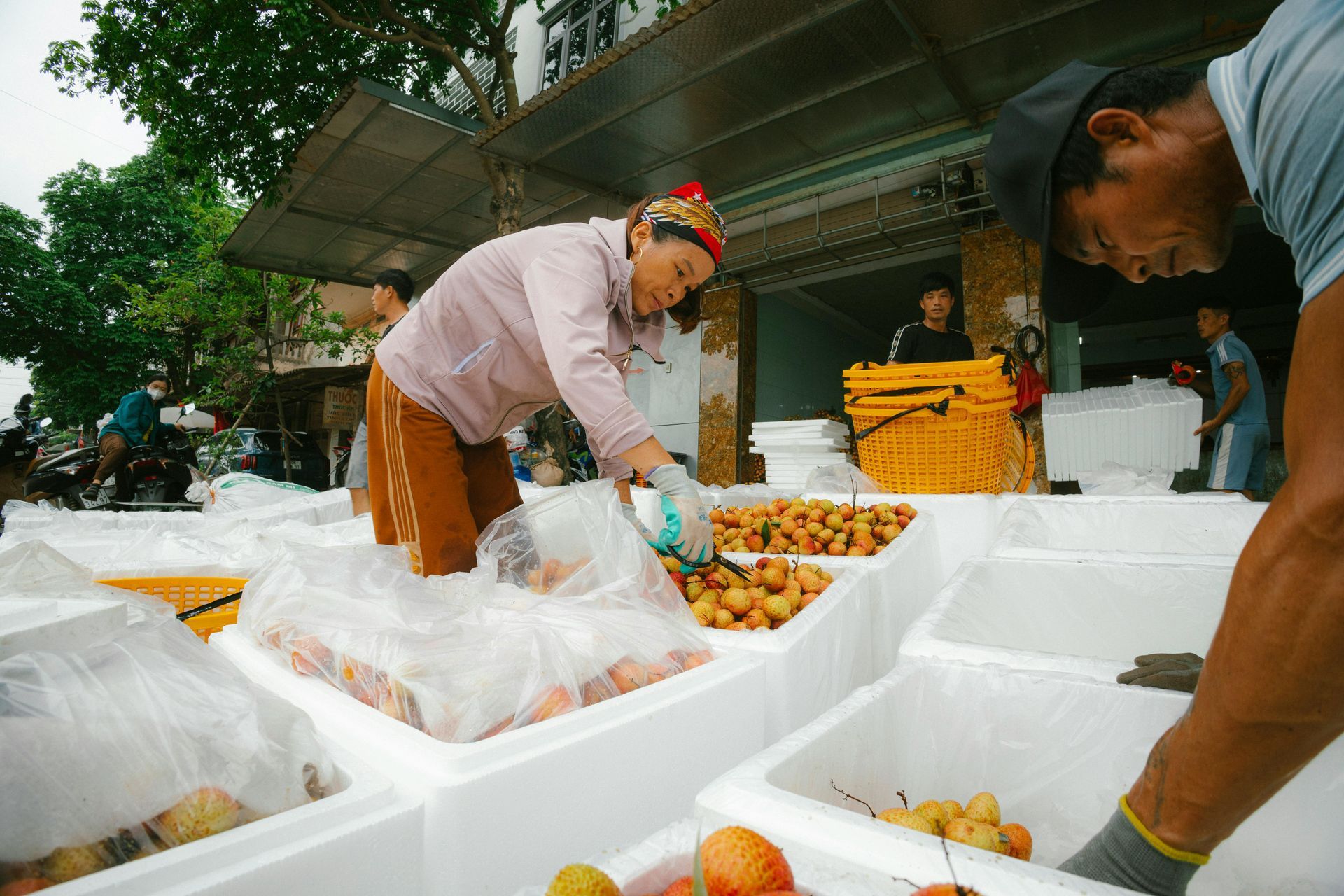De Minimus Update
Jack LaMadeleine • February 5, 2025
The recent guidance from U.S. Customs and Border Protection (CBP) regarding de minimis shipments from China is a significant update. Here's a quick breakdown of the key points in the alert:

New Executive Order (EO):
- The EO signed by President Trump on February 1, 2025, imposed an additional 10% tariff on U.S. imports from China. This affects the de minimis exemption for Chinese shipments, which previously allowed for low-value shipments to enter without paying duties.
Effective Date:
- The guidance took effect at 12:01 a.m. ET on February 4, 2025.
Impact on De Minimis Shipments:
- Most products from China (including Hong Kong) no longer qualify for the administrative exemption under 19 U.S.C. § 1321(a)(2)(C).
- Shipments from China that were previously eligible for de minimis treatment will now be subject to the 10% additional ad valorem duties.
- Any requests for de minimis entry and clearance for ineligible shipments will be rejected.
Actions Required by Importers:
- If a shipment was already filed as a de minimis entry, but it arrives after the cutoff time, it will no longer qualify.
- Filers will need to take action to clear the shipment under the new rules, including potentially paying applicable duties, taxes, and fees through a formal or informal entry.
- Pre-arrival clearances for affected shipments will be canceled after the cutoff time (12:01 a.m. ET on February 4).
CBP Guidance:
- The trade community is advised to closely monitor the shipments and messages from CBP.
- New technical guidance will be provided via CSMS as needed.
ACE System Updates:
- Changes in the Automated Commercial Environment (ACE) system are available in the Certification Environment starting at 5:30 p.m. ET on February 3, and will be accessible in the Production Environment following a maintenance outage.
Get actionable advice on cost-saving strategies that boost your bottom line.
Subscribe here:

The latest on the reciprocal tariffs have them hanging in the balance. On August 29, 2025, the U.S. Court of Appeals for the Federal Circuit, affirmed a lower court decision finding that the reciprocal tariffs exceeded presidential authority under IEEPA. The court stayed its mandate until October 14, 2025, giving the g

On July 27th, the Trump Administration announced a deal with the EU imposing tariffs of 15% on most goods entering the US from Europe. As of August 1st, the 15% blanket tariff will cover most US imports. The US will have a 0% tariff for some items including equipment for US manufacturing and generic medicines.

The American company reached out to ITM for guidance. They were pleased to learn that under U.S. Customs regulations, they could file for duty drawback—a refund of duties paid—on expired and destroyed goods. Within just four months, ITM had successfully obtained the required authorizations and filed all claims related to the product destructions. Due to ITM’s relationship USCBP, and their expertise, over $850,000 in duty refunds was recouped.

On May 28, 2025, a U.S. trade court ruled that President Donald Trump over stepped his authority in imposing the reciprocal tariffs. At that time, the court ordered an immediate block on said tariffs. As of May 29, 2025 a federal appeals court temporarily reinstated the most sweeping of Trump's tariffs. Pausing the lower court’s ruling, The United States Court of Appeals for the Federal Circuit in Washington is going to consider the government's appeal, and has ordered the plaintiffs in the cases to respond by June 5 and the administration by June 9. This is a developing situation and we will do our best to keep the information coming.

This jewelry retailer's duty drawback success story demonstrates the significant impact that a well-managed duty drawback program can have on profitability. By recovering significant funds, the jewelry retailer was able to reinvest in their business, enhance competitiveness, and strengthen their bottom line in a challenging market.

As of 12:01am, March 4, 2025, tariffs of 25% are effective on products from Canada and Mexico and energy products from Canada are subject to a 10% duty. Products that are presently excluded from these tariffs include goods that are for personal use, goods entered under Chapter 98, donations that are imported under HTSUS 9903.01.21and merely information items included under HTSUS 9903.01.22. All other imported items will carry the 25% tariff and no drawback is permitted on these duties.

The upcoming changes to steel and aluminum tariffs will significantly impact the steel and aluminum industries, with numerous provisions to ensure compliance. Importers, exporters, and manufacturers in the steel and aluminum sectors should stay informed about the latest developments and ensure their operations are aligned with these new tariff regulations.

On February 1, 2025, President Trump signed an Executive Order (EO) that imposes an additional 10% ad valorem tariff on most imports from China, which includes products of Hong Kong. U.S. Customs and Border Protection (CBP) quickly followed up with important guidance regarding these changes, particularly impacting the trade community's handling of de minimis shipments from China. Effective February 4, 2025, de minimis shipments from China will no longer be eligible for the administrative exemption from duty under 19 U.S.C. § 1321(a)(2)(C), and will be subject to the new 10% tariffs. Here's everything you need to know about the changes:

On January 20, 2025, President Donald Trump was sworn in for his second term, and with that came big promises regarding trade policy. But a significant shift came just days later, on January 21, when Trump announced plans to impose 25% tariffs on Mexico and Canada—set to go into effect on February 1, 2025.











